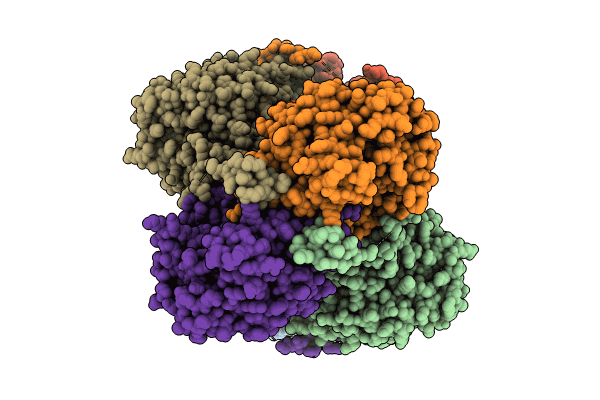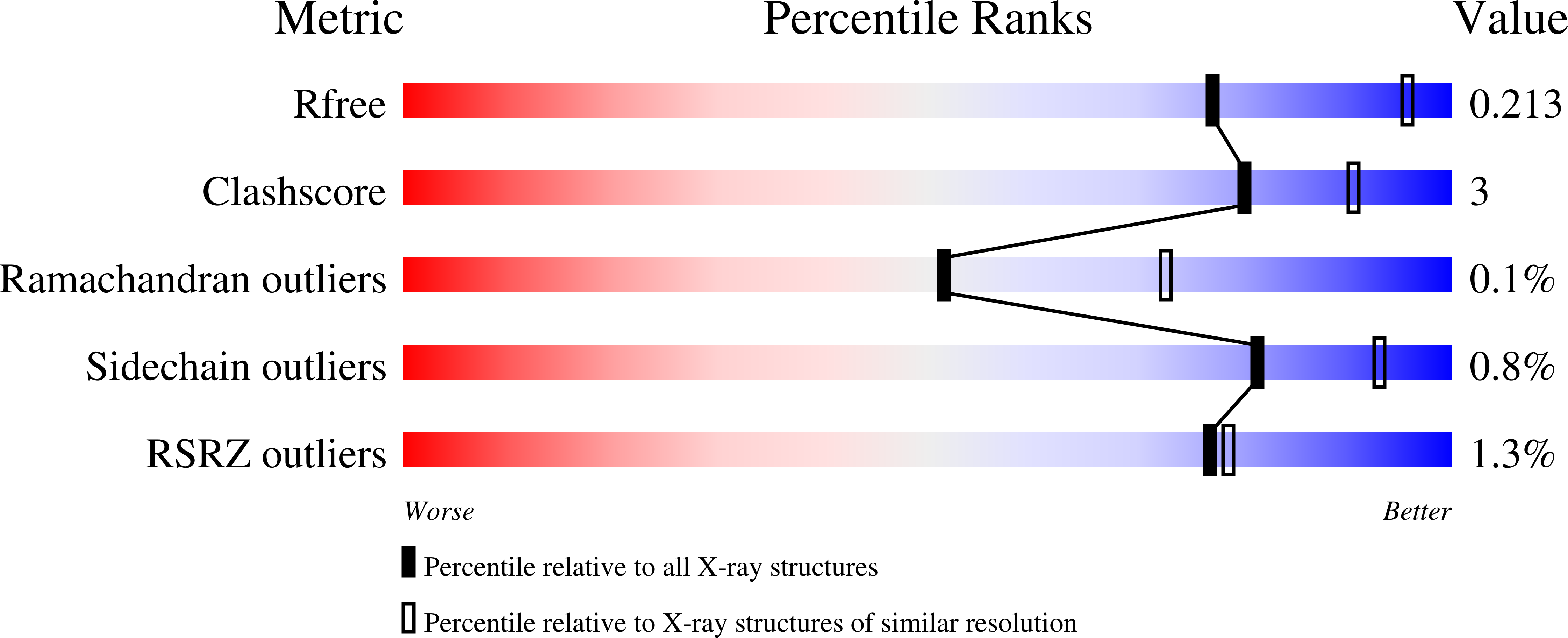
Deposition Date
2024-01-11
Release Date
2024-08-07
Last Version Date
2024-10-30
Entry Detail
PDB ID:
8RO4
Keywords:
Title:
The crystal structure of 2-hydroxy-3-keto-glucal hydratase AtHYD from A. tumefaciens
Biological Source:
Source Organism:
Agrobacterium tumefaciens (Taxon ID: 358)
Host Organism:
Method Details:
Experimental Method:
Resolution:
2.51 Å
R-Value Free:
0.21
R-Value Work:
0.18
R-Value Observed:
0.18
Space Group:
P 1 21 1


